Saharan Atlantic Coastal Desert
The ecoregion’s land area is provided in units of 1,000 hectares. The conservation target is the Global Safety Net (GSN1) area for the given ecoregion. The protection level indicates the percentage of the GSN goal that is currently protected on a scale of 0-10. N/A means data is not available at this time.
Bioregion: Northern Sahara Deserts, Savannas & Marshes (PA24)
Realm: Southern Eurasia
Ecoregion Size (1000 ha):
4,001
Ecoregion ID:
839
Conservation Target:
65%
Protection Level:
3
States: Mauritania, Western Sahara
A vibrant marine ecosystem is juxtaposed with arid desert plateaus in this spectacular stretch of coastline between Western Sahara and Mauritania that forms the Saharan Atlantic Costal Desert ecoregion. An exceptionally important area for birds migrating from Europe, Siberia, and Greenland, it is estimated that more than 30% of the waders using the East Atlantic Flyway winter in the marshlands here. The coastal waters teem with dolphins, sharks, and turtles, and the world’s largest population of the critically endangered monk seal take shelter in caves carved out of the rugged cliffs.
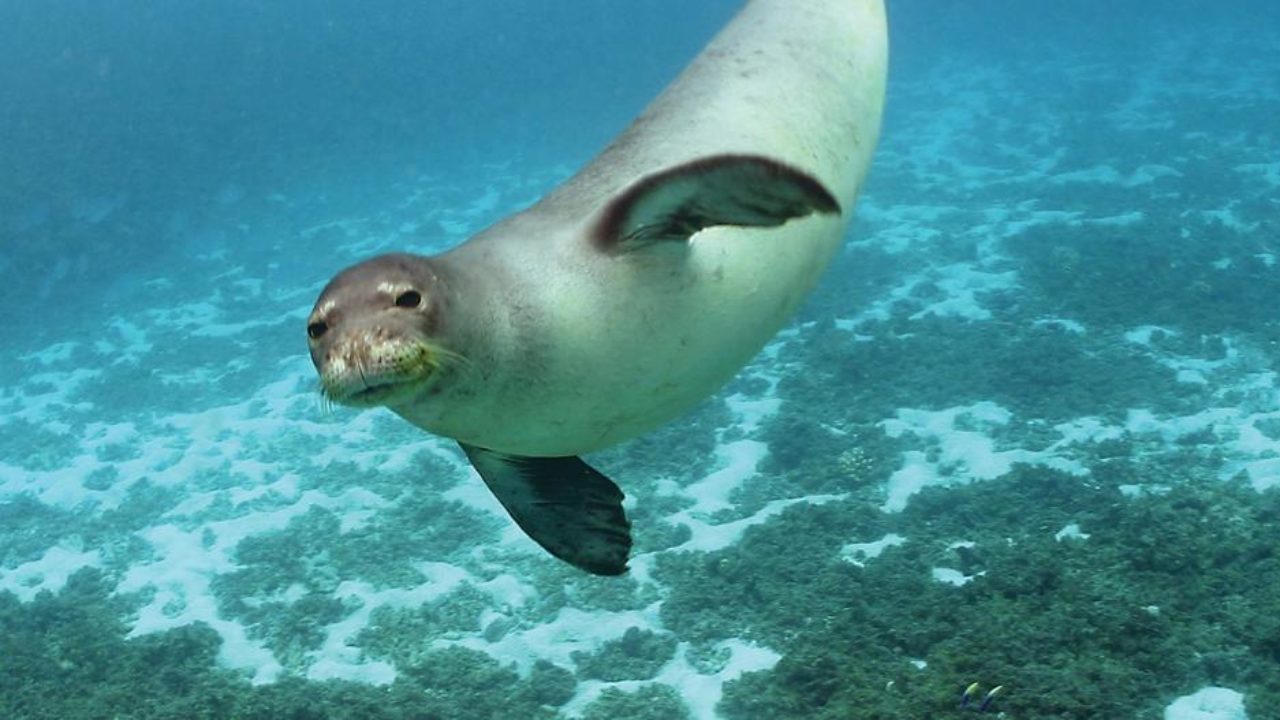
The flagship species of the Saharan Atlantic Coastal Desert ecoregion is the monk seal. Courtesy of NOAA
This ecoregion stretches across most of Western Sahara’s Atlantic coastline and roughly two-thirds of Mauritania’s, including the latter’s capital city Nouakchott in the northwest. The climate is predominantly hot and arid, although the low rainfall (<50 mm annually) is supplemented by sea mists which provide additional moisture for vegetation. Temperatures peak around 30–40ºC in the summer months and reach a minimum of around 20ºC in winter. A mosaic of sand-dunes, rocky cliffs, hidden caves, coastal swamps, mangroves, and sea-grass beds are found alongside the shallow coastal waters, contrasting starkly against the rocky desert plateau which moves inland towards the Sahara desert.
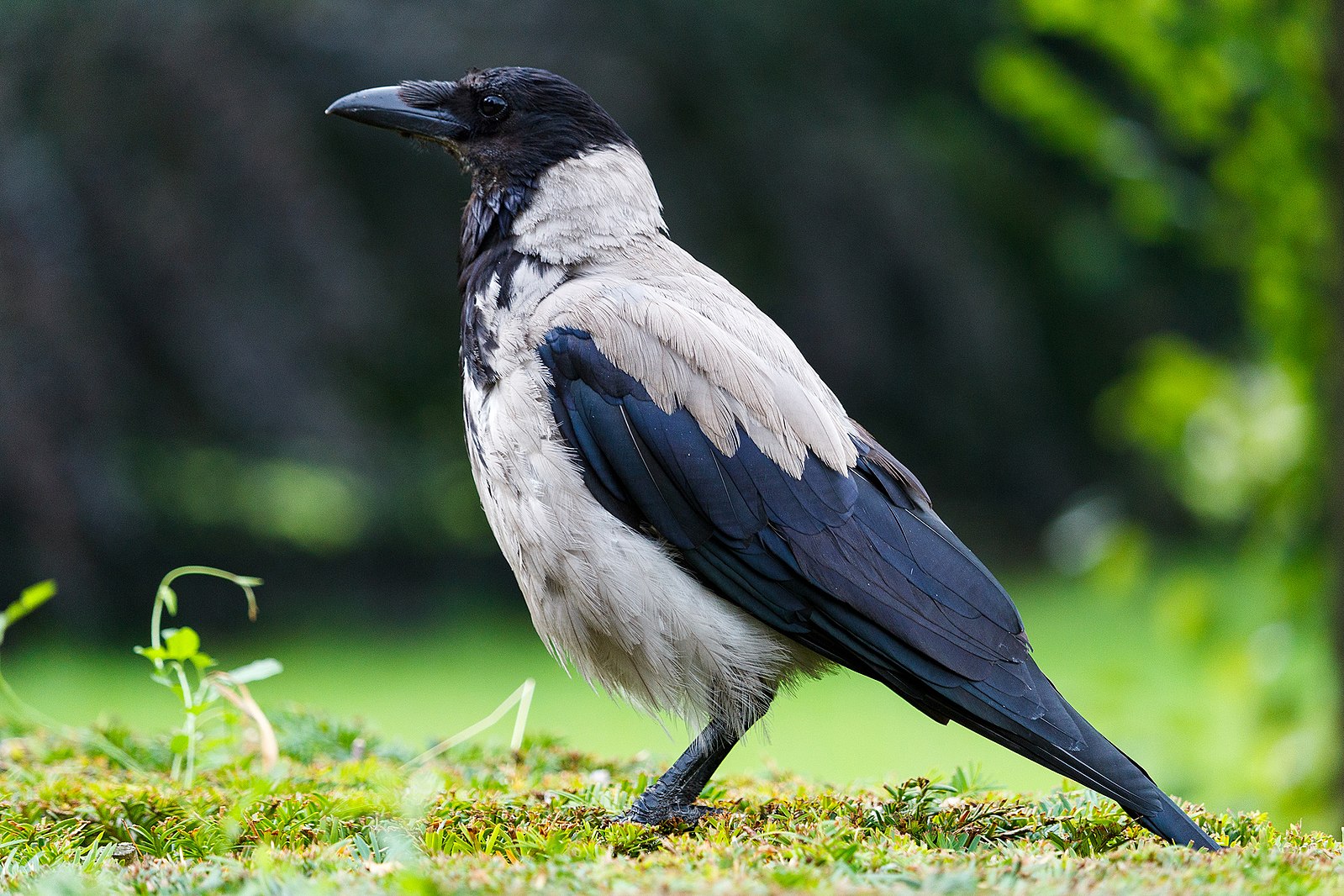
Mesopotamian hooded crow. Image credit: Creative Commons
Dwarf eelgrass and Cymodocea grasses form vast underwater meadows along the shallow tidal bank and sparsely populated shrublands of King Juba’s Euphorbia and the ‘cigar plant’ are found along the desert plateaus in north Western Sahara. Venturing south and into Mauritania, the land species of bunchgrass, Frankenia corymbose and Acacia tortilis are common, and south of Nouakchott where the coastline turns largely to sand, species such as Stipagrostis pungens and Cornulaca monacantha can be found amongst the dunes. Halophytic species dominate much of the coastline, including Suaeda spp., Zygophyllum waterlotii, saltbush, and cordgrass.
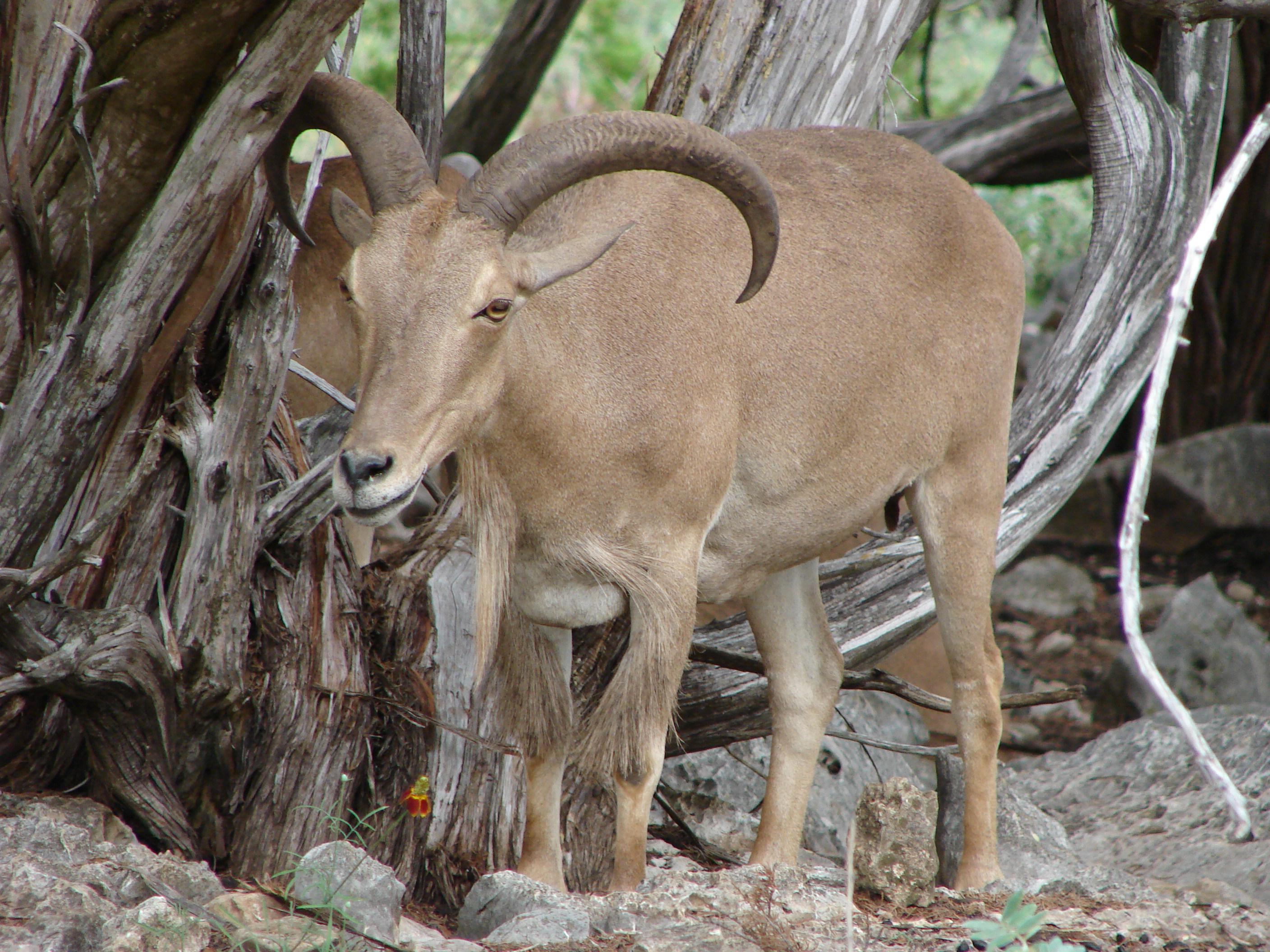
Barbary sheep. Image credit: Creative Commons
An exceptional diversity of wildlife inhabiting the marine and coastal areas characterizes this ecoregion. Of particular note is the importance of this area for nesting birds of west Africa and the Palearctic migratory waders. Huge expanses of marshes provide shelter to more than 2 million birds, including two thirds of the world population of bar-tailed godwits and almost half the global population of red knots in the Parc National Band d’Arguin (PNBA) in Mauritania. Cormorants, pelicans, herons, spoonbills and flamingos are also regular visitors.
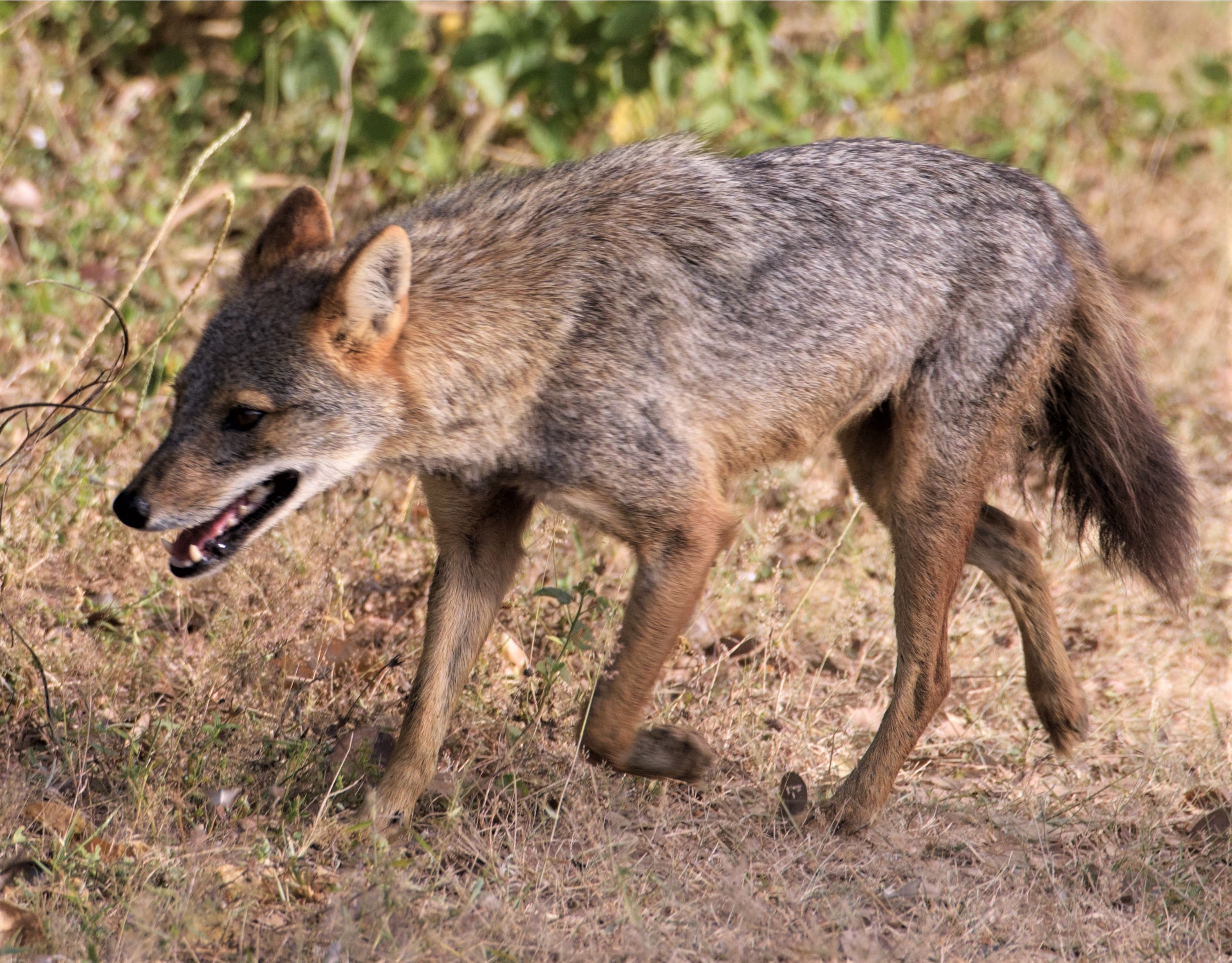
Golden jackal. Image credit: R.M.S. Ratnayake, Creative Commons
Out in deeper waters, turtles, whales, sharks, and several species of endangered dolphins can be seen . The coast in the Cap Blanc area is also home to the world’s largest population of its most threatened seal species, the monk seal. The Dorcas gazelle, golden jackal, ratel, striped hyena, and Barbary sheep are found inland, and in the Safia Reserve in south Western Sahara, the population of the recently introduced Mhorr gazelle is growing after an unsettled start.
Human settlements span the length of the coast where the ocean provides a major source of livelihoods. Up until the 1990s, nomadic communities in Mauritania would even move their small makeshift villages along the coast to keep up with the course of large shoals of fish. Nowadays, traditional fishing methods are rarely practiced and the region has become the target of large, industrial fishing boats, often from neighbouring countries. Across the inland desert areas, vegetation is exploited for firewood and used to graze livestock.
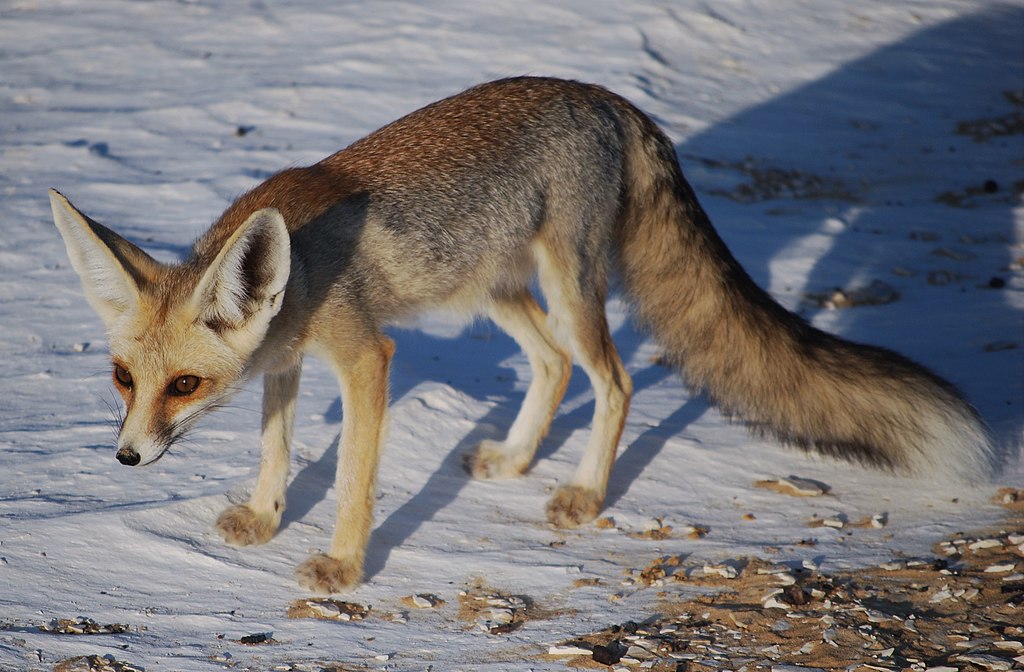
Rüppell's fox. Image credit: Helmut Boehm, Creative Commons
Protected areas established along the coast include the PNBA which encompasses 40% of the Mauritanian coastline and has been designated a Ramsar Site, World Heritage site, and National Park. Further north in Mauritania is the Cap Blanc Special Reserve and in Western Sahara the coastal section of the Dhakla National Park lies within the ecoregion.
Unregulated fishing activities are a major threat to fish stocks as well as the monk seal population which is thought to suffer from both accidental entanglement and direct hunting by local fishermen. Terrestrial mammals also face pressure from poaching. An increasing population in Nouakchott has demanded large quantities of sand to be extracted from the dunes for construction purposes, leading to significant coastal erosion and exacerbating the risk of flooding in the city from rising sea levels. As part of the African Union’s larger ‘Great Green Wall’ anti-desertification initiative, Nouakchott has planted a green belt around the capital with the aim to minimize the threats from sea encroachment, desertification, and urban expansion.
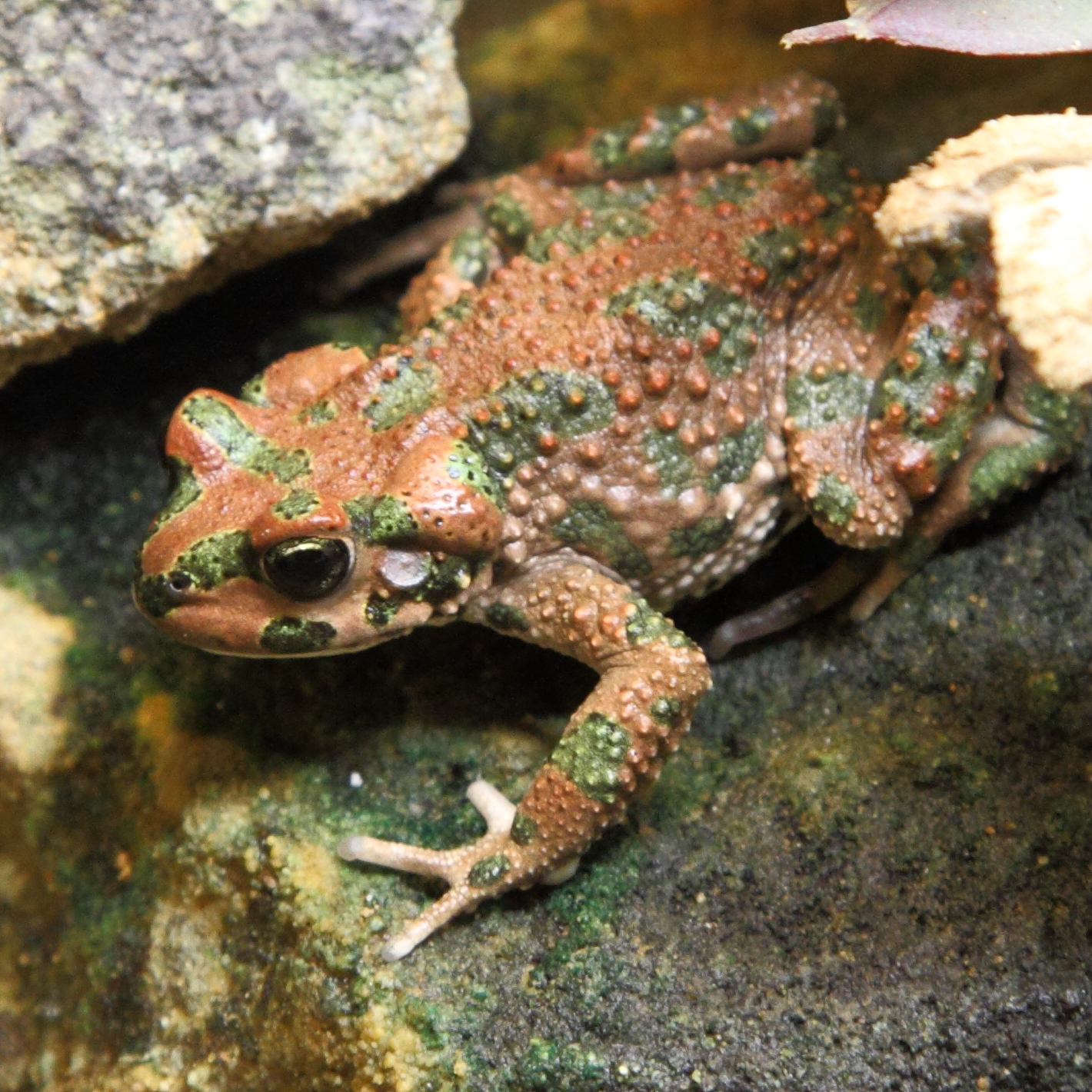
Berber toad. Image credit: Sander van der Wel, Creative Commons
Conservation priorities for the next decade will be to: 1) increase legal protection of marine areas to minimize overfishing and threats to the monk seal population, involving the local population in surveillance and management activities; 2) conduct sensitization programs in local communities to increase awareness of ecosystem services and reduce resource exploitation; and 3) continue to invest in anti-erosion measures such as sand dune fixation and tree planting in order to maintain the integrity of the coastline in light of predicted sea level rise.
Citations:
- Shine, T., Robertson, P. and Lamarche, B. (2001). ‘Mauritania’. In Fishpool, L. and Evans, M., editors. ‘The Important Bird Areas of Africa’. BirdLife International, Cambridge, UK.
- McInnes, R., Kenza Ali, M., Pritchard, D. (2017). ‘Case Study: Banc du d’Arguin National Park, Mauritania’. In: Ramsar and World Heritage Conventions: Converging towards success.
- BirdLife International (2019) ‘Important Bird Areas factsheet: Dakhla area.’ [Online] Downloaded from http://www.birdlife.org [Accessed 11/08/2019.
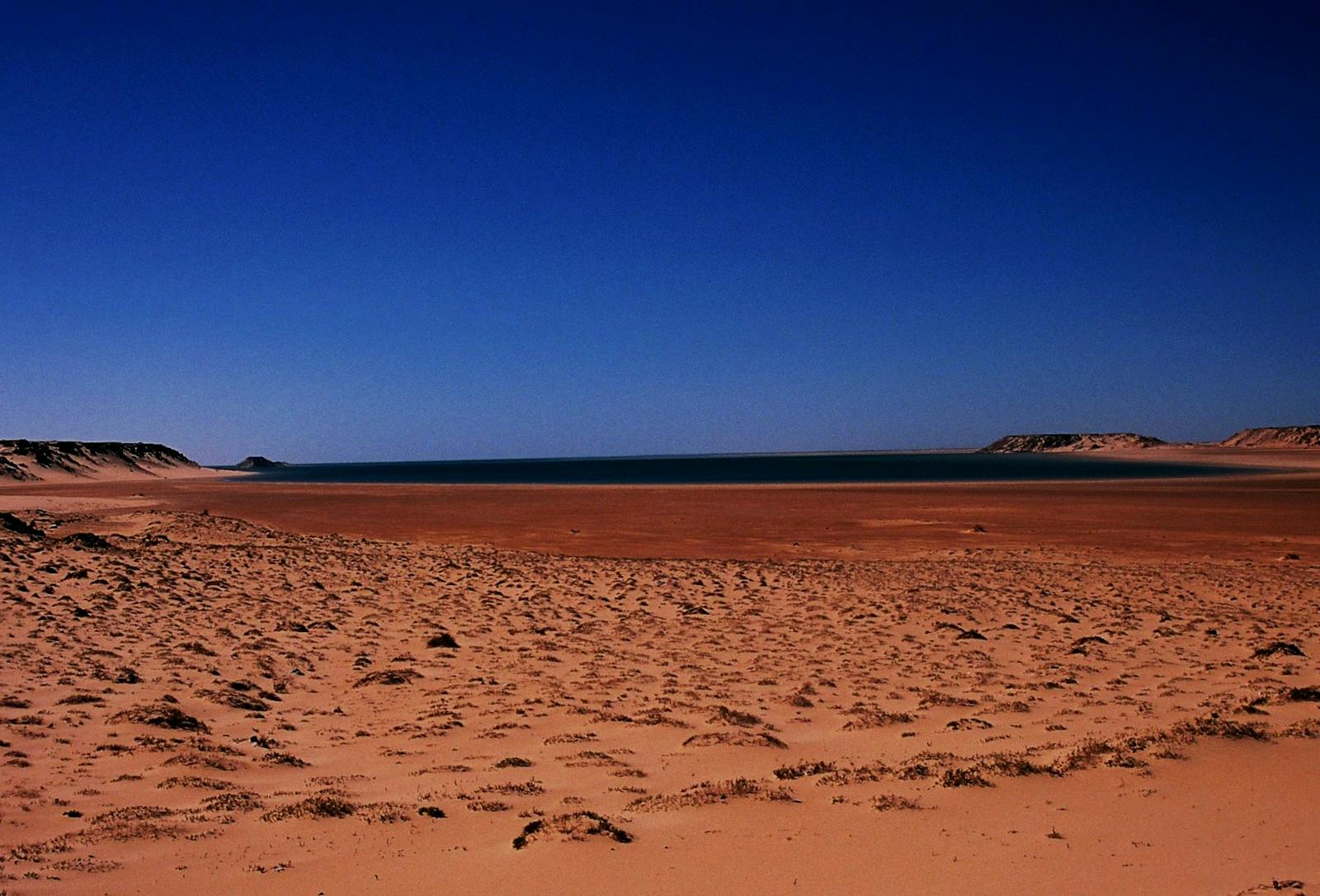
.png?auto=compress%2Cformat&w=300)

